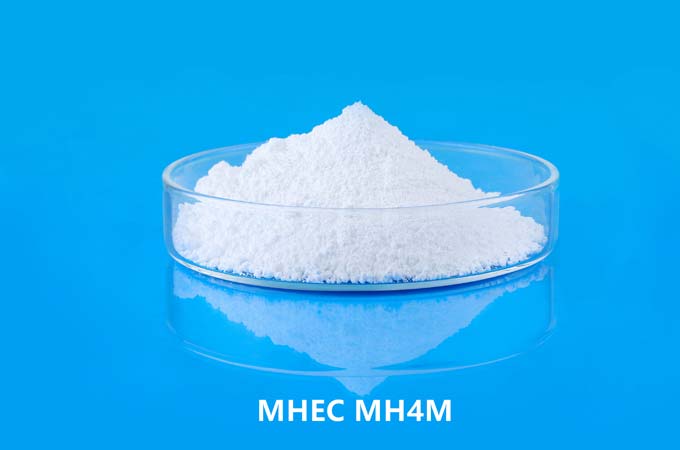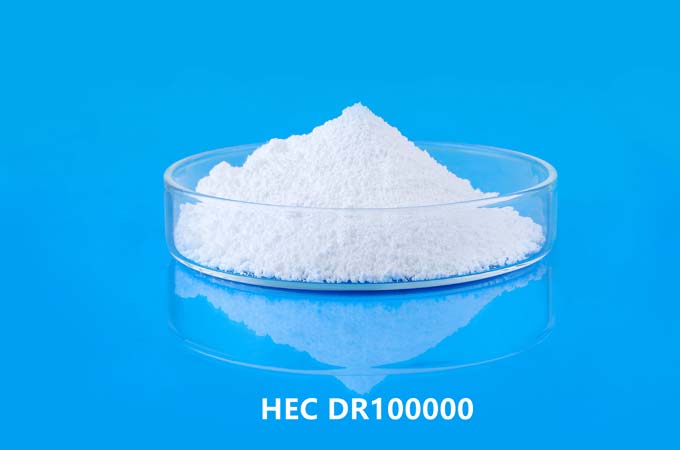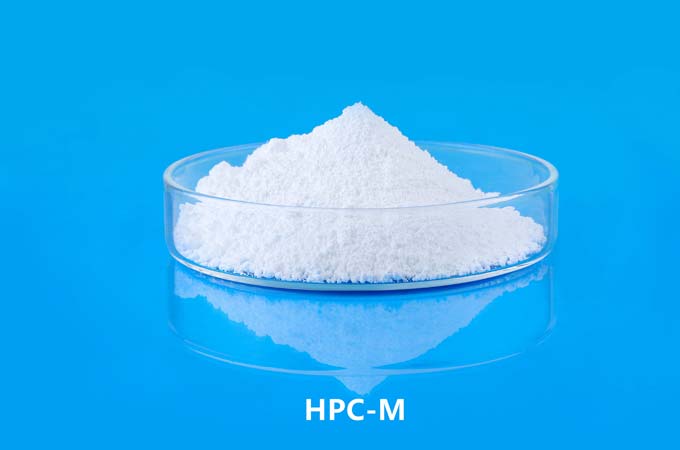Hydroxypropyl methylcellulose (HPMC) is a cellulose ether widely used in various construction materials, including gypsum-based compounds. Its effects on these compounds are multifaceted, enhancing their performance and usability in several ways.
Workability
One of the primary effects of HPMC on gypsum-based compounds is the improvement in workability. HPMC acts as a rheology modifier, which means it influences the flow and spread of the mixture. By modifying the viscosity of the compound, HPMC allows for smoother application and easier handling. This is particularly beneficial in applications like plastering and rendering, where a uniform and consistent spread is essential.
HPMC enhances the plasticity and cohesiveness of the mixture, preventing segregation of components and ensuring a homogenous blend. This improved workability leads to a better finish and reduces the effort required during application. Additionally, HPMC can help in achieving a more controlled and precise application, which is crucial for achieving high-quality surfaces.
Water Retention
Another critical effect of HPMC on gypsum-based compounds is its water retention capability. Gypsum plaster and other gypsum-based materials require a certain amount of water to maintain workability until the setting process is complete. HPMC helps in retaining water within the compound, slowing down the evaporation rate. This is particularly advantageous in hot and dry climates where rapid water loss can lead to premature setting and reduced workability.
The water retention property of HPMC ensures that the hydration of gypsum is complete, which is essential for the development of its full strength. Adequate water retention also minimizes the risk of cracks and shrinkage, enhancing the durability and longevity of the finished product. Furthermore, it allows for a longer open time, giving workers more flexibility during application.
Setting Time
HPMC, such as HPMC E50, can influence the setting time of gypsum-based compounds. By retaining water and modifying the hydration process, HPMC can either accelerate or retard the setting time, depending on the specific formulation and concentration used. This characteristic is particularly useful in tailoring the setting time to meet specific project requirements.
In some cases, a longer setting time is desired to allow for more extended working periods, especially in complex or large-scale applications. Conversely, in situations where rapid setting is advantageous, such as in repairs or time-sensitive projects, HPMC can be formulated to accelerate the setting process. This versatility makes HPMC an invaluable additive in gypsum-based compounds, allowing for customized performance based on the needs of the application.
Mechanical Properties
The incorporation of HPMC in gypsum-based compounds also has a significant impact on their mechanical properties. By enhancing the water retention and ensuring a complete hydration process, HPMC contributes to the development of optimal strength in the gypsum matrix. This results in improved compressive and tensile strength of the finished product.
HPMC, like HPMC K15, helps in reducing the formation of micro-cracks during the drying process. The improved cohesiveness and flexibility imparted by HPMC allow the material to withstand minor movements and stresses without cracking. This enhances the overall durability and structural integrity of the gypsum-based compound.
Durability and Longevity
Durability is a critical factor in construction materials, and HPMC significantly enhances the longevity of gypsum-based compounds. By improving water retention and ensuring complete hydration, HPMC helps in minimizing defects such as shrinkage cracks and surface irregularities. This not only improves the aesthetic appeal of the finished product but also its functional performance.
HPMC imparts resistance to environmental factors such as temperature fluctuations and humidity changes. Gypsum-based compounds modified with HPMC are less likely to degrade under harsh conditions, maintaining their structural integrity over time. This resistance to environmental stressors contributes to the long-term durability of the material, making it suitable for a wide range of applications.
Hydroxypropyl methylcellulose (HPMC) plays a crucial role in enhancing the performance of gypsum-based compounds. Its effects on workability, water retention, setting time, mechanical properties, and durability make it an invaluable additive in the construction industry. By improving the rheological properties and ensuring a consistent and controlled application, HPMC enhances the overall quality of gypsum-based products. Its ability to retain water and influence the setting time allows for greater flexibility in various applications, while its impact on mechanical properties and durability ensures long-lasting and resilient finishes. As the construction industry continues to evolve, the use of additives like HPMC will remain essential in meeting the demands for high-performance and durable building materials.
 English
English 日本語
日本語 français
français Deutsch
Deutsch Español
Español italiano
italiano русский
русский português
português العربية
العربية Türkçe
Türkçe Nederland
Nederland



